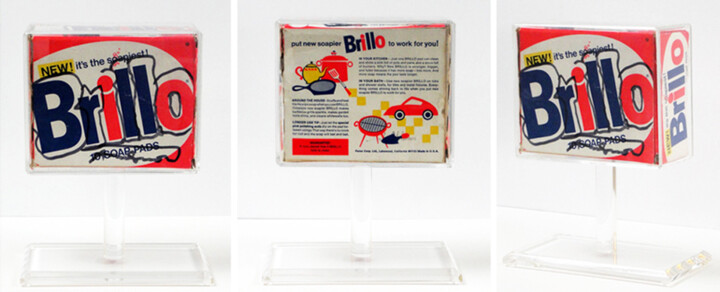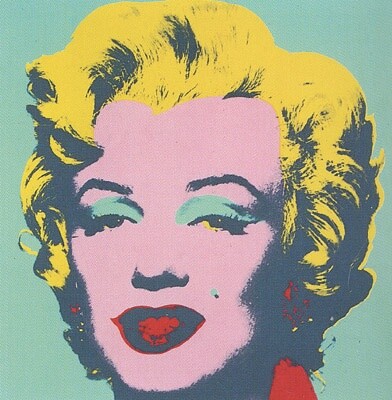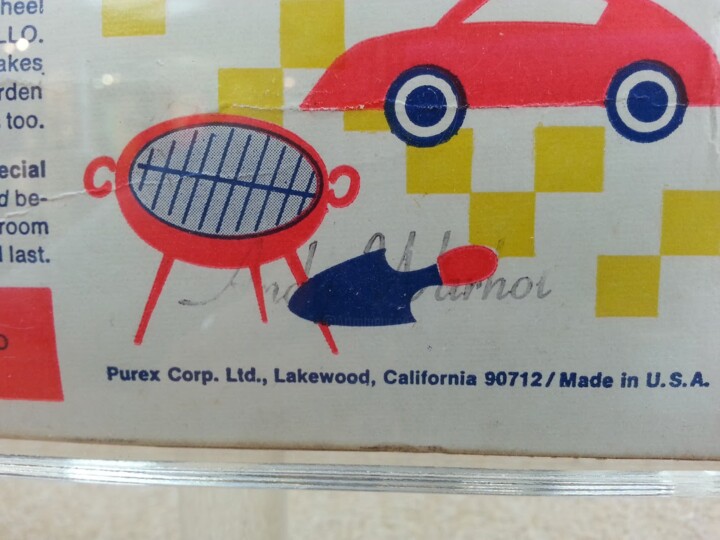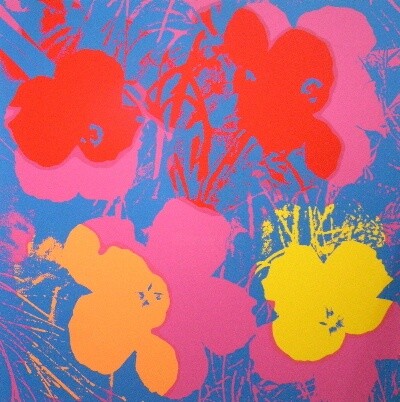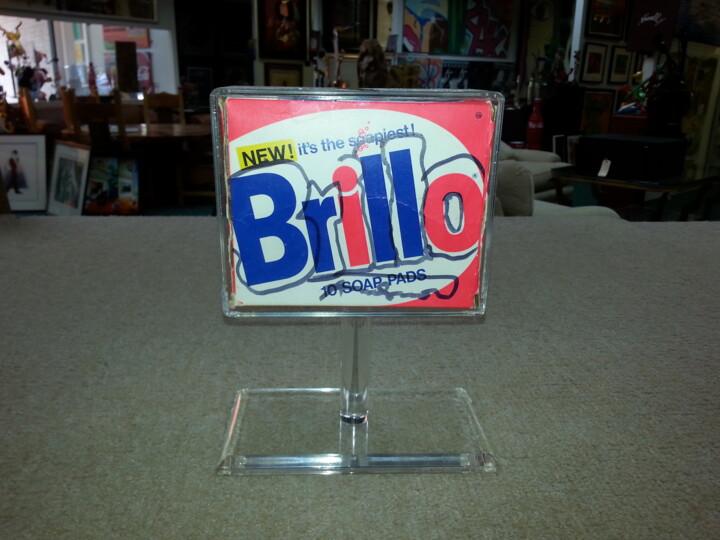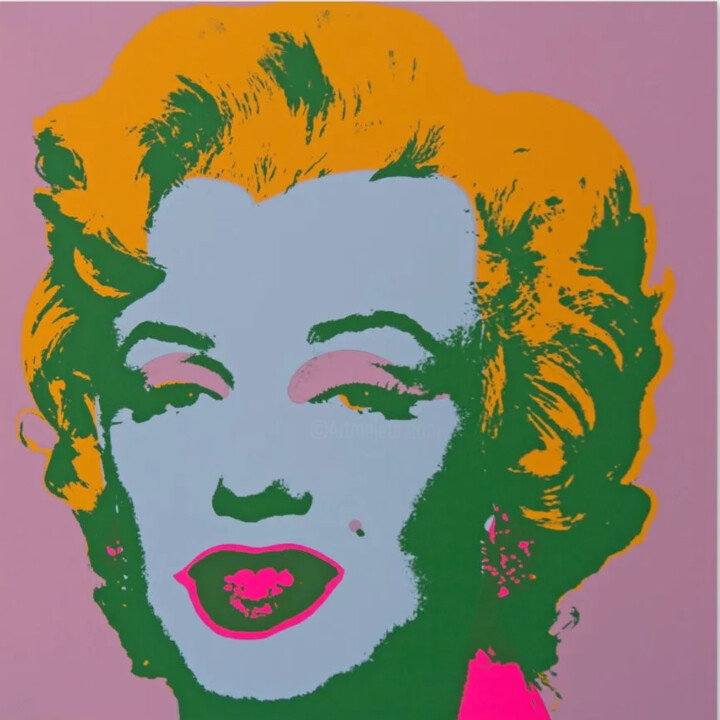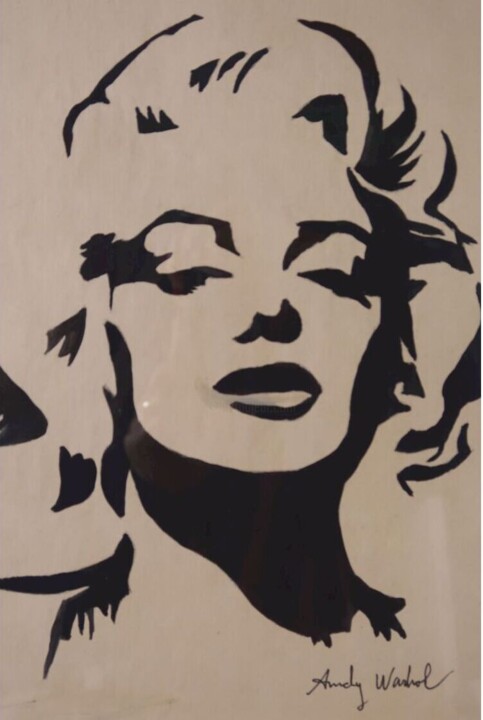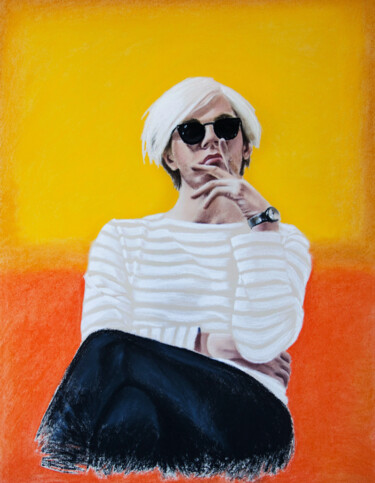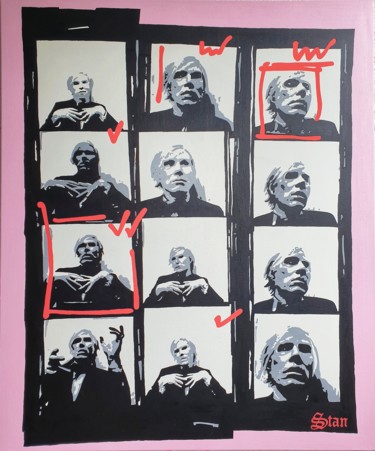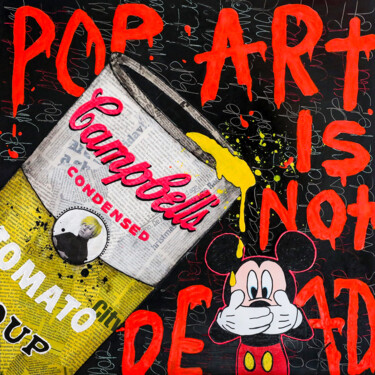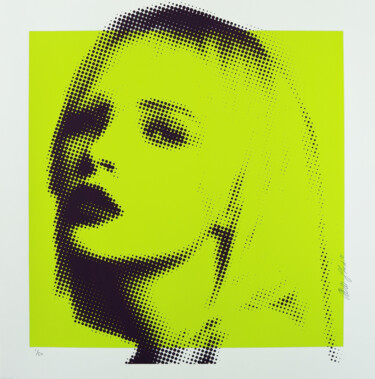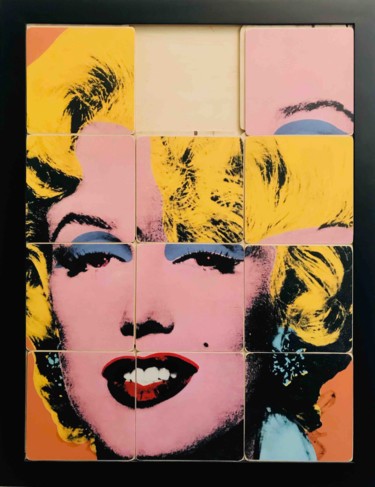Who is Kim Chang-il?
Kim Chang-il, a distinguished Korean businessman, art collector, and gallerist, holds the position of chairman in a renowned transport company, oversees a chain of 14 restaurants, and manages the Arario department store.
In addition to his business ventures, Kim is the owner of the Arario Gallery. Since its establishment in 1989, Arario Gallery has managed exhibition spaces in diverse locations, including Seoul and Cheonan, Korea; Beijing and Shanghai, China; and New York, USA. Currently, Arario Gallery operates three spaces in Seoul, Cheonan, and Shanghai. The gallery actively engages in presenting experimental art from Asia to a wider audience through exhibitions, assuming the role of a leading gallery and guiding the contemporary art scene in Asia. Kim Chang-il is also an owner of art museums in Seoul and Jeju Island, all falling under the umbrella of Arario Museum. These museums stand as captivating displays for his extraordinary art collection.
Kim Chang-il's passion for art extends beyond the local sphere, as he is a devoted collector of Western art, amassing a collection that includes several thousand works. Among these prized pieces are Damien Hirst's "Hymn" (1996), acquired in 2004 for $2 million, and "Charity" (2003)—a towering 22-foot-high, six-ton bronze sculpture inspired by a Spastics Society collection box. The extensive collection further showcases works by esteemed artists such as Tracey Emin, Mona Hatoum, Marc Quinn, Antony Gormley, and various others.
Kim Chang-il embarked on his art collection journey in the 1970s, with a pivotal moment occurring in 1978 when he purchased a landscape painting from a Korean artist while strolling along Yinsa street in Seoul. This marked the inception of his art collection. Moving into the mid-1980s and throughout the 1990s, the focus shifted to acquiring increasingly valuable and highly priced artworks.
In the early 2000s, he initiated the collection of British paintings, specifically the YBAs (Young British Artists), with notable acquisitions from Damien Hirst, Marc Quinn, and Mona Hatoum. Subsequently, the collection expanded to encompass German paintings. Transitioning to the mid to late 1990s, the collection took a new direction with a focus on German paintings, including works by Neo Rauch, Sigmar Polke, and Gerhard Richter.
One of Asia's most prominent art collectors, Kim Chang-Il has consistently held a position on ARTnews' top 200 art collectors list for an impressive nine consecutive years. As the owner of one of the world's largest contemporary art collections, Kim boasts over 4,000 pieces featuring renowned artists such as Andy Warhol, Damien Hirst, Gerhard Richter, Cindy Sherman, and Nam June Paik. Kim is the first Korean ever to make the list of the world's 100 top collectors, as selected by the British magazine Art Review, solidifying his status as a trailblazer in the global art scene.
Arario Gallery and Arario Museum
Arario Gallery, established in 1989, has strategically positioned its exhibition spaces in diverse regions, including Seoul and Cheonan in Korea, Beijing and Shanghai in China, and New York in the United States. The gallery currently operates three distinct spaces in Seoul, Cheonan, and Shanghai. With a primary focus on shaping and securing the identity of Asian art, Arario Gallery is dedicated to globally discovering, nurturing, and promoting Asian artists. By actively presenting experimental art from Asia to a wider audience, the gallery assumes a leading role in guiding the contemporary art scene in Asia and contributing to the international discourse on Asian art.
Arario Gallery Seoul, founded in Sogyeok-dong in 2006, has entrenched itself as a premier contemporary art gallery in Korea and Asia. It consistently remains at the forefront of the international art scene, characterized by its effective representation system and daring exhibitions.
Arario Gallery Shanghai, inaugurated in 2014, has played a pivotal role in showcasing the works of Korean artists and a diverse array of Asian artists from Japan, India, China, the Philippines, and Indonesia to the Chinese art scene. The gallery significantly contributes to cross-cultural exchange within the Asian art landscape.
Arario Gallery Cheonan, fueled by founder Kim Chang-Il's passion for the arts, has been instrumental in introducing contemporary art to Korea. This gallery has played a key role in advancing the regional cultural industry and consistently broadens the horizons of the art world through numerous special exhibition programs. With a commitment to expanding its cultural program for a diverse audience, Arario Gallery Cheonan aspires to be a representative platform for contemporary art on both regional and international scales. The Arario Gallery Cheonan is one of the biggest private galleries in Korea.
Arario Museum in Space is a contemporary art museum in Seoul. Arario Museum stands as an art institution where the spotlight is on the artwork, fostering interactive engagement between visitors and the exhibited pieces. In essence, the dynamic interplay between visitors and artworks constitutes the fundamental essence of the Arario Museum. Illumination plays a pivotal role in accentuating the brilliance of artworks, prompting meticulous consideration in the selection of lighting. The permanent exhibition, Arario Collection, displays works of modern art over a 40-year period.
In the realm of interior design, deliberate decisions were made to eliminate decorative artificial elements, diverting attention solely to the artwork. Consequently, existing structures like Space Headquarters (Seoul), Tapdong Cinema & Bike Shop, and Dongmun Motel I (Jeju) were chosen as museum spaces, undergoing minimal renovations to transform them into exhibition halls.
Kim's criterion for selecting artworks hinges on whether they encapsulate the artist's soul. This soul is preserved within the museum's collection, transcending the need for an artist's identity. His philosophy not only manifests in the individual works but also in the exhibition layout, establishing meaningful connections between pieces. The exhibitions, with one artist per dedicated space, aim to fully immerse visitors in the distinct world of each artist.
"Simple with Soul" encapsulates both Kim's personal life philosophy and the guiding principles of the Arario Museum. The transparent revelation of a collector's thoughts, passion, and philosophy regarding their collection adds a unique value for visitors at this Private Museum.
Kim made a significant impact on the current Korean art landscape by establishing a framework for collaboration between commercial art galleries and artists. Many exhibitions were previously organized without formal agreements, hindering artists from effectively showcasing their works in the art market. Recognizing this gap, Kim, a discerning collector, initiated artist-gallery representation agreements with emerging contemporary Korean artists. He played a crucial role in promoting and introducing promising young Asian artists to the global art market.

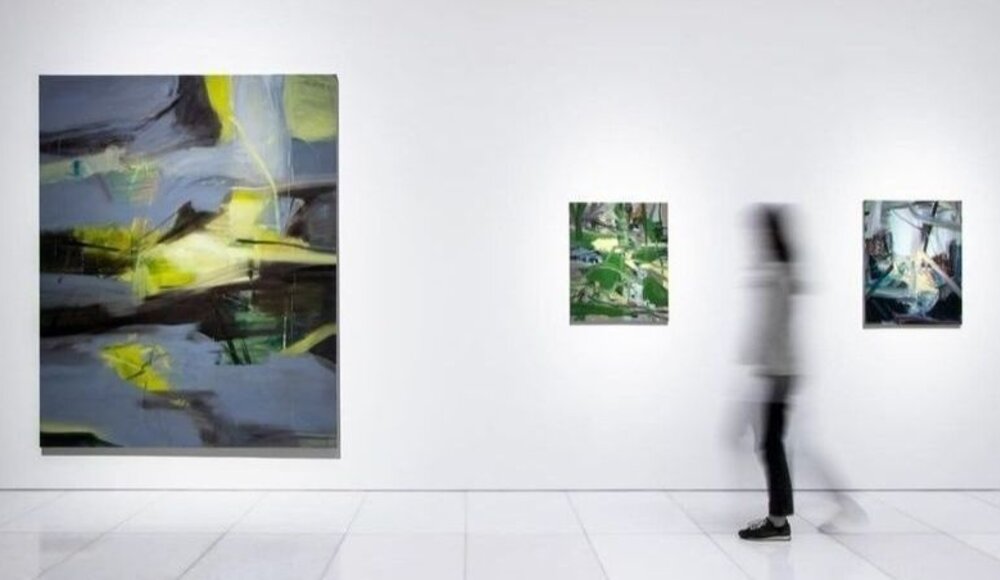
 Selena Mattei
Selena Mattei



